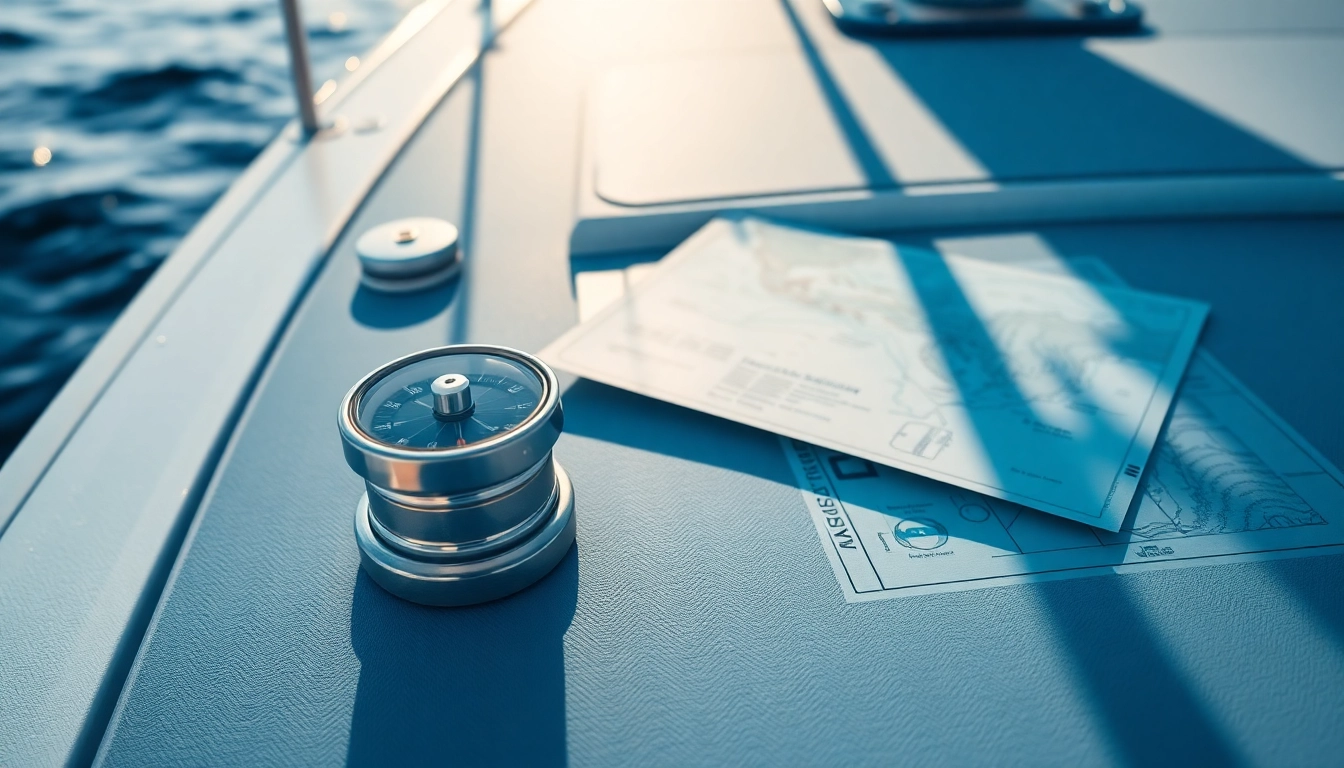Mastering Mobile Navigation: The Art and Science of Boots Versegelung
Navigation at sea is both an ancient craft and a modern science. While technological advancements like GPS have revolutionized maritime navigation, traditional methods such as Boots Versegelung remain vital skills that ensure safety and reliability, especially when electronic systems fail. In this comprehensive guide, we delve into the fundamentals, techniques, challenges, and best practices for effective boots versegelung, empowering sailors to navigate confidently whether on open water or in challenging conditions.
Understanding the Fundamentals of Boots Versegelung
What is Boots Versegelung and Why Is It Essential?
Boots versegelung, often translated as “boating steering,” involves determining a vessel’s position and course using manual, observational, and natural methods. Unlike modern satellite navigation, versegelung relies on skills like celestial navigation, terrestrial landmarks, and angle measurements. This practice is crucial forBackup navigation, cross-verifying electronic systems, and honing navigation skills that form the backbone of maritime safety.
Key Navigational Tools for Effective Versegelung
Traditional navigation employs a suite of essential instruments to accurately measure angles and bearings, including compasses, sextants, nautical charts, and reference markers. Modern accessories like BC Power Cleaner and microfiber towels are not only used for maintaining your boat but also for ensuring instruments are clean and precise. As the saying goes, “Well-maintained tools lead to better navigation.”
Different Approaches to Location Determination
Methodologies such as triangulation, use of landmarks, celestial navigation, and shoreline PEILUNG (bearing) allow navigators to pinpoint positions. These techniques often involve taking bearing measurements from known points and plotting them on charts. Mastery of these methods allows you to verify your position actively and adapt to changing conditions.
Steps Toward Precise Boots Versegelung
Preparation and Planning Before Peilung
Preparation is key. Before starting a manual navigation procedure, ensure all instruments are calibrated, charts are up-to-date, and your environment is conducive. Weather conditions, light, and visibility can heavily influence accuracy. Using high-quality supplies like BCC Polierpuck extra weich and BCC Waffelpad ensures your tools are optimal. Planning also includes selecting identifiable landmarks, understanding local geography, and having a clear route mapped out.
Performing the Measurement: Techniques and Accuracy
Measuring bearings accurately requires steady hands, correct instrument use, and precise data recording. For example, a sextant measurement involves aligning the horizon with a celestial object and reading the angle. During terrestrial peilung, compass bearings are taken from recognizable landmarks, such as distant buoys or coastlines. Confirm readings multiple times to reduce errors. Using high-quality cleaning tools like BCC Towels Vorteilspack helps maintain instrument clarity, which directly impacts precision.
Plotting and Analyzing the Course Line
Once measurements are obtained, plot the data meticulously on your nautical chart. Drawing accurate standlinien (position lines) using tools like BCC Polierpuck konkav extra weich and BCC Polierschwamm orange medium ensures precise plotting. Cross-referencing multiple bearings allows you to triangulate your position effectively. Any discrepancies should be analyzed and corrected by considering potential errors and environmental factors.
Addressing Common Challenges in Boots Versegelung
Störfaktoren and How to Minimize Them
External disturbances such as magnetic interference, environmental conditions, or instrument inaccuracies can lead to navigation errors. Lunar or sunlight glare can hamper visual bearings, while electronic interference may affect modern instruments. Regular calibration and use of robust, well-maintained tools stored with BCC Towels Vorteilspack help mitigate these issues. Recognizing and compensating for such factors is part of a seasoned navigator’s skill set.
Detecting and Fixing Technical Errors
Failures in readings often stem from improper instrument handling or environmental misjudgments. For example, misaligning a sextant or misreading a compass can result in significant position errors. Training with simulated scenarios, continuous practice, and using high-quality equipment like the Boat & Caravan Care Starterset sharpen accuracy and reduce mistakes.
Real-Life Success Cases of Accurate Versegelung
Experienced sailors often recount incidents where traditional navigation methods saved their journey during electronic failure. For example, during a foggy night, a crew relying on shoreline bearings and celestial cues successfully navigated through hazardous waters. These cases underscore the importance of mastering foundational navigation skills.
Traditional Navigation Without Technology
Terrestrial Navigation: Its Methods and Advantages
Terrestrial navigation involves recognizing landmarks, using topographical features, and understanding compass bearings. It is a skill that enhances situational awareness and independence from electronic aids. For instance, during a voyage along the coast, identifying specific islands or lighthouse signals can serve as reliable references for positioning.
Using Natural Landmarks and Astronomical Bearings
Aligning observations with celestial objects — sun, moon, planets, or stars — complements terrestrial methods. Tools like the sextant and accessible charts help calculate a vessel’s position accurately. This combination boosts confidence in navigation, especially in unpredictable weather conditions or in remote waters where electronic navigation isn’t feasible.
Combining Traditional and Modern Techniques
Best results are achieved when manual skills are integrated with modern features, such as the BC Snow Foam Gun for cleaning instruments, ensuring long-term accuracy. Using both approaches allows for redundancy, ensuring safety and reliability onboard.
Evaluating and Improving Your Performance
Assessing Navigation Accuracy
Regular reviews and cross-checks against known positions help gauge your skills. Using detailed logs and comparing plotted positions with actual coordinates enable identification of errors. Implementing quality tools like the BC Microfaser Towel aids in maintaining instrument clarity, directly influencing accuracy.
Continuous Learning and Practice
Navigation is a dynamic skill requiring ongoing practice, including simulated exercises and real-world trips. Participating in skipper courses or using advanced technique kits can enhance proficiency. Supplies like the Boat & Caravan Care Wash-Kit help maintain your equipment and ensure readiness for demanding conditions.
Ongoing Improvement Strategies
Stay updated on navigation techniques, environmental factors, and equipment handling. Keep your instruments calibrated with products like MARINE SEALANT MS-3000/60 V2 and practice plotting with new tools. Collaborate with experienced navigators and attend workshops to refine your skills continuously.









